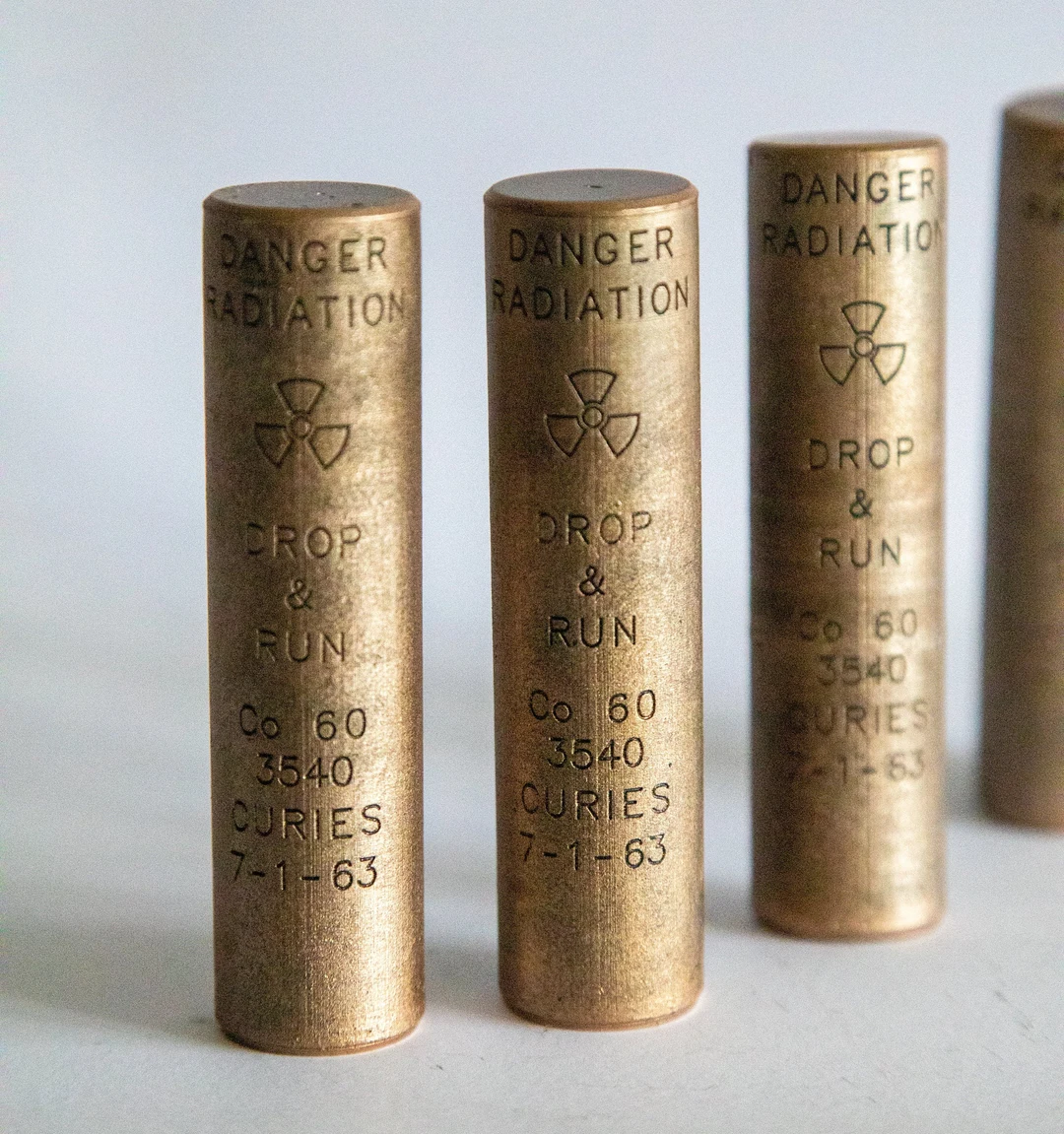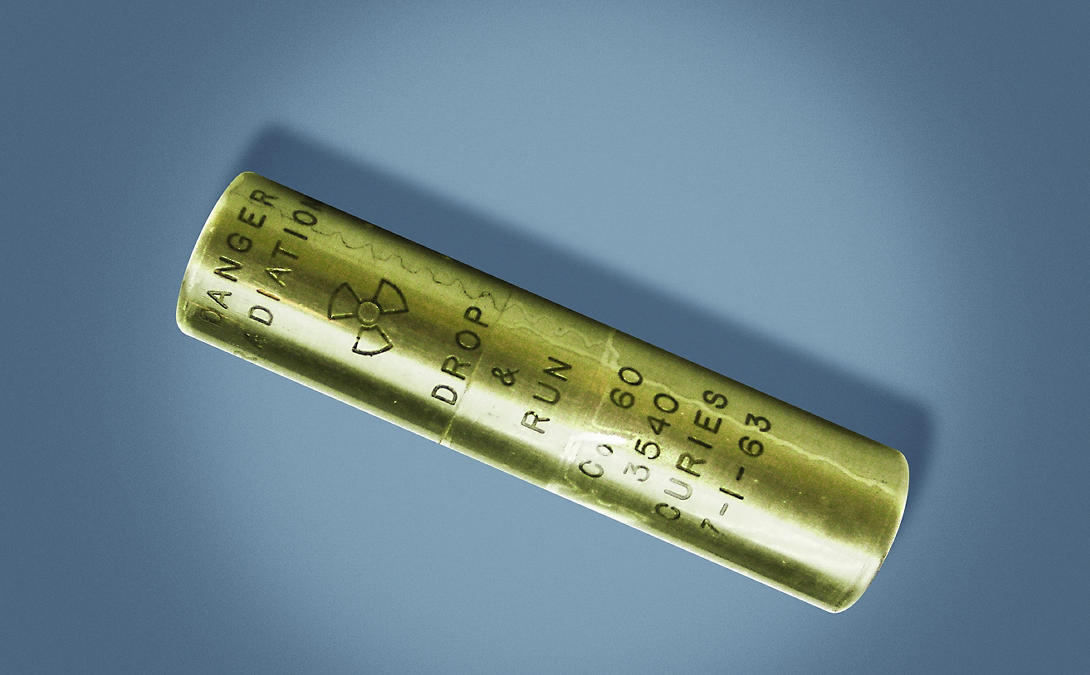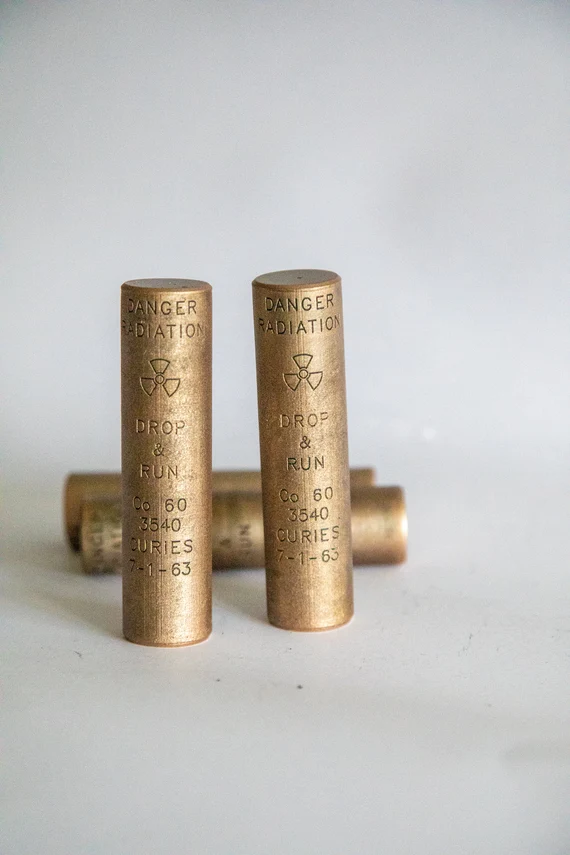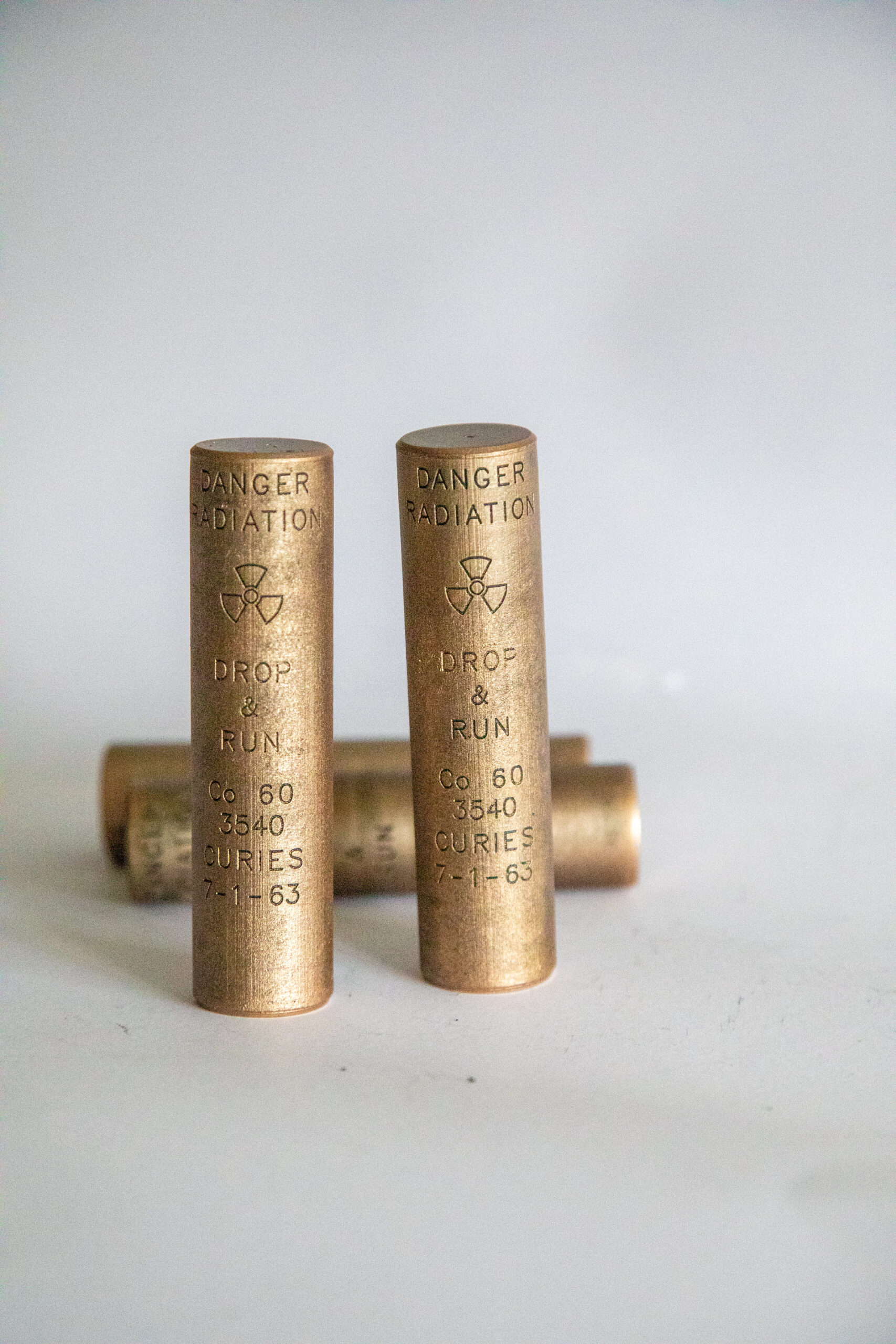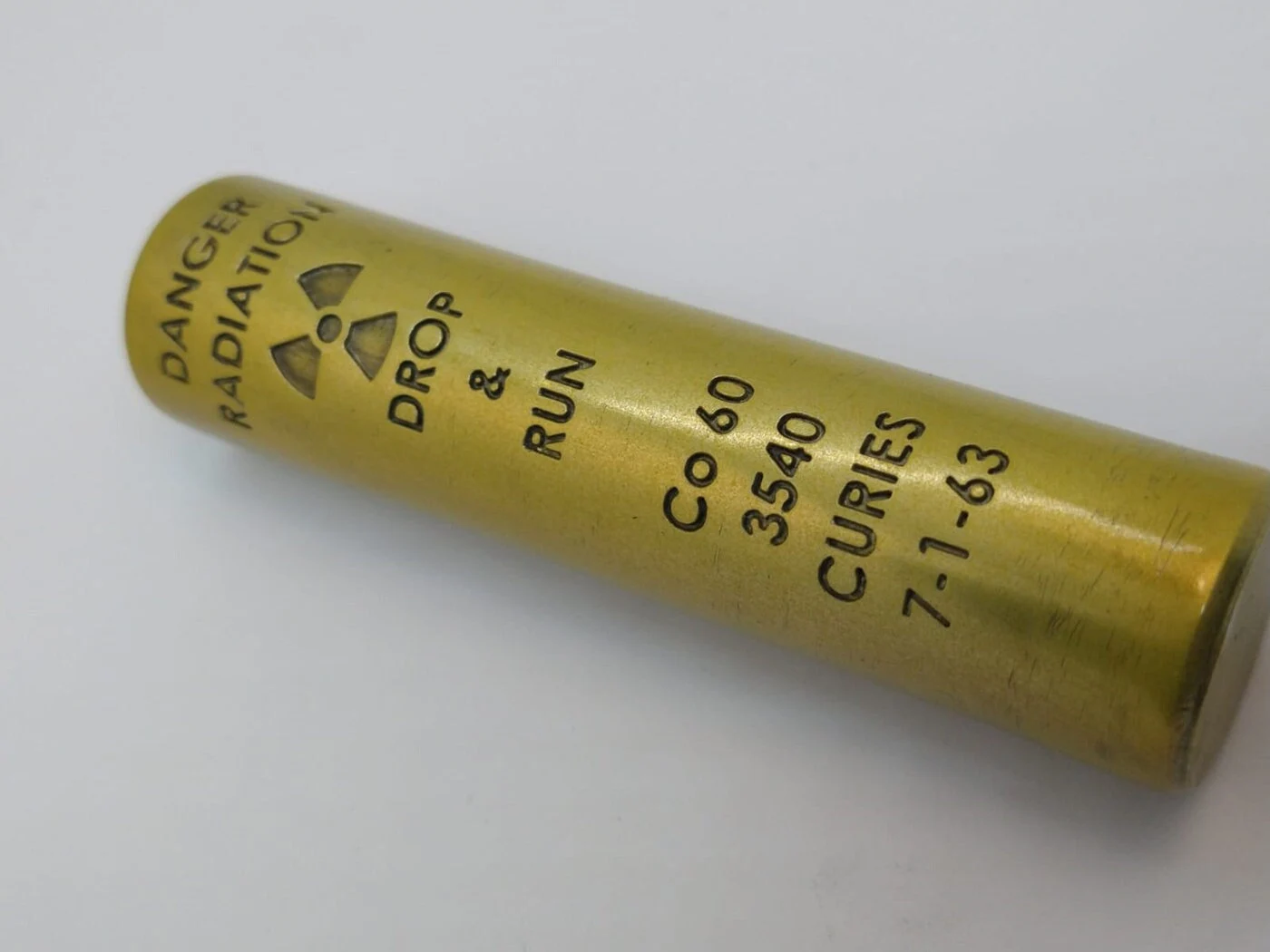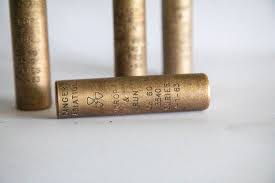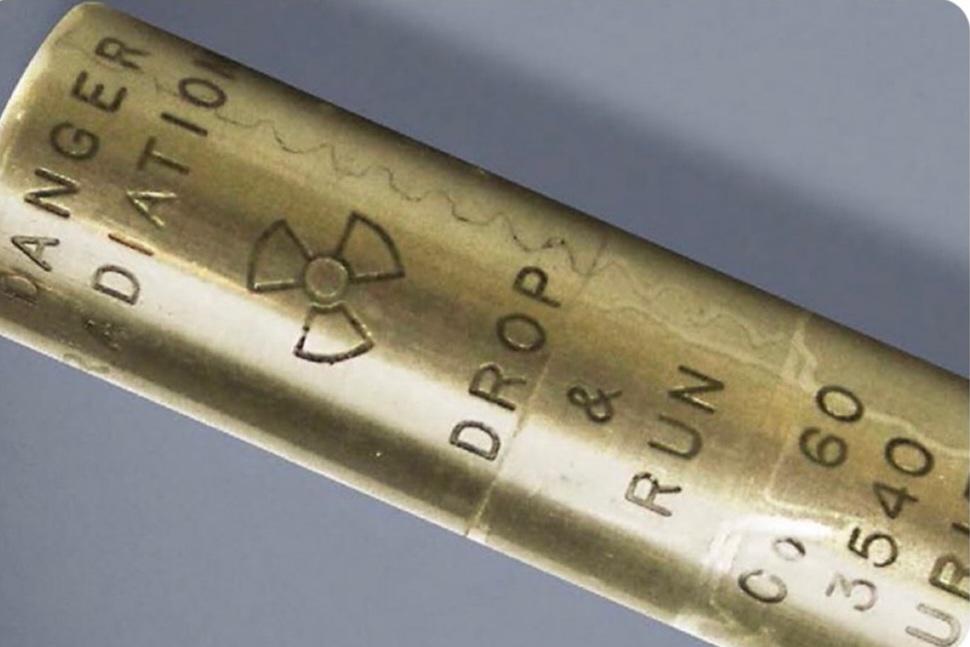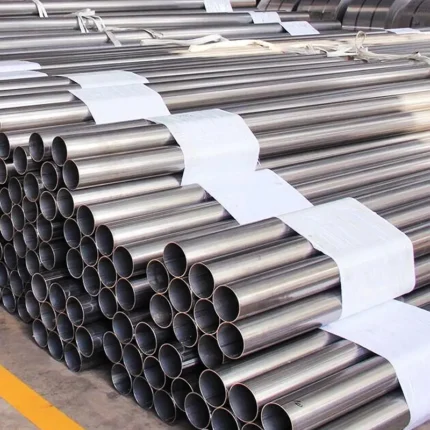Description
Cobalt-60, a radioactive isotope of cobalt, has garnered significant attention in various fields such as medicine, industry, and research due to its unique properties. Discovered in the late 1940s, Cobalt-60 is produced in nuclear reactors through the irradiation of stable cobalt-59. With a half-life of approximately 5.27 years, it emits gamma radiation, making it an effective source for treatment in cancer therapies, particularly in processes like radiation therapy and brachytherapy. Its ability to precisely target malignant cells has revolutionized cancer treatment, allowing for effective tumor control while minimizing damage to surrounding healthy tissues.
In addition to its medical applications, Cobalt-60 is widely utilized in industrial radiography, as well as in sterilization processes for medical devices and food products. The high-energy gamma rays emitted by Cobalt-60 penetrate materials and can kill bacteria, viruses, and other pathogens, significantly enhancing safety and shelf-life. This sterilization process, often referred to as gamma irradiation, offers an alternative to traditional methods such as chemical disinfectants, providing a non-toxic solution that is especially valuable in environments where contamination control is paramount.
Despite its beneficial applications, the use of Cobalt-60 carries inherent risks associated with radiation exposure. Safety protocols and regulatory measures are crucial in ensuring that personnel working with this isotope are adequately protected from its harmful effects. The proper handling, storage, and disposal of Cobalt-60 and other radioactive materials are critical to prevent unintended exposure to both workers and the public. Ongoing research into Cobalt-60 aims to enhance its applications while also addressing safety concerns, ensuring that the benefits of this powerful isotope can be realized without compromising health or safety.

